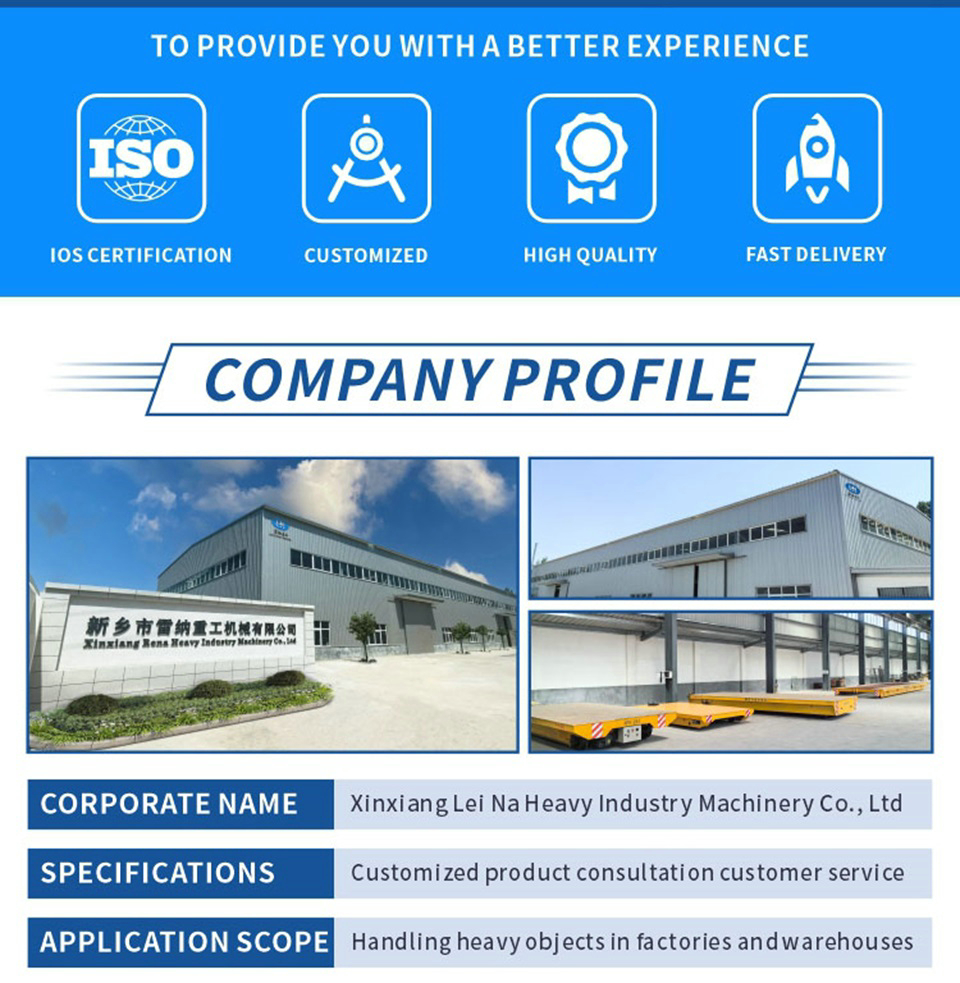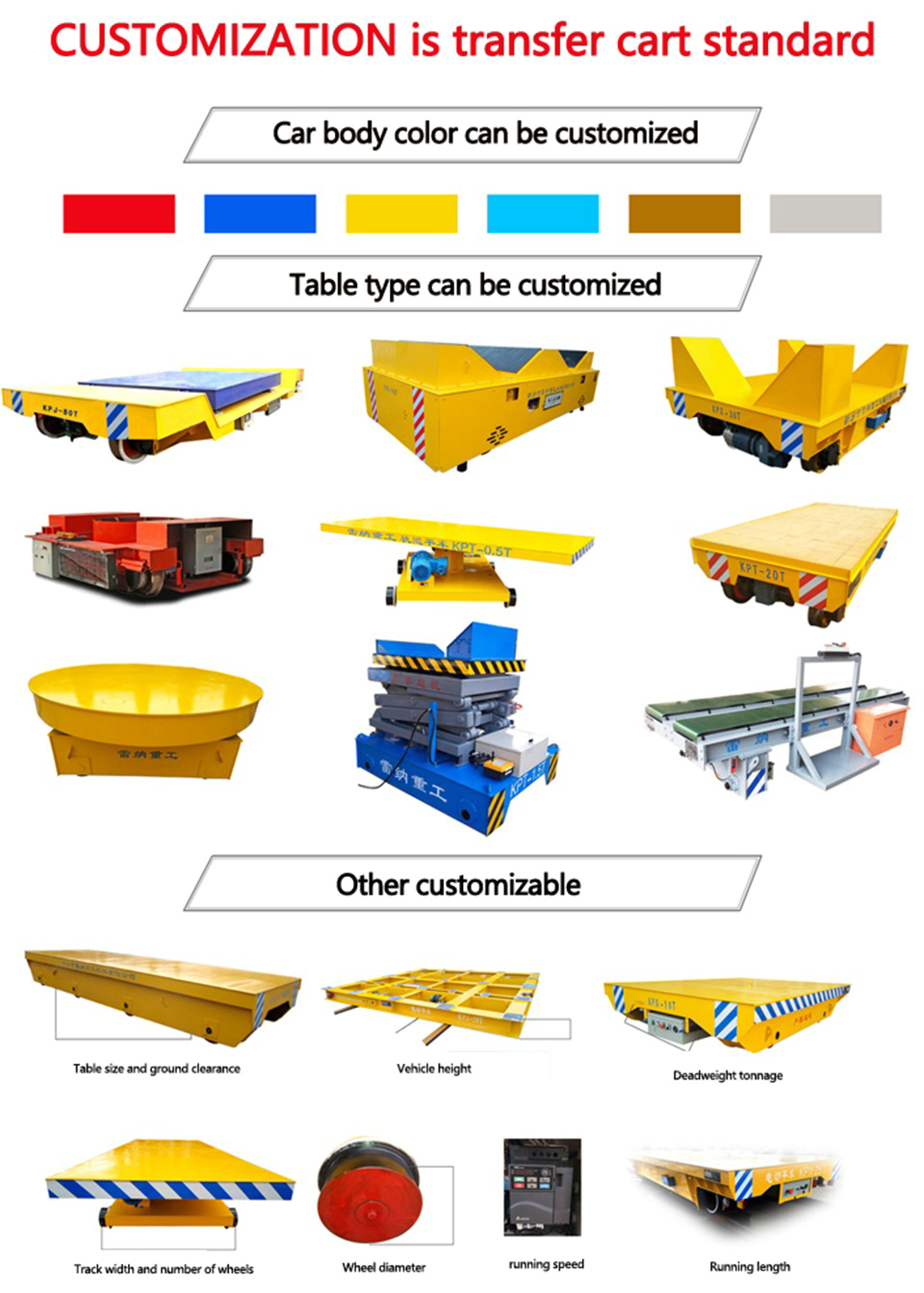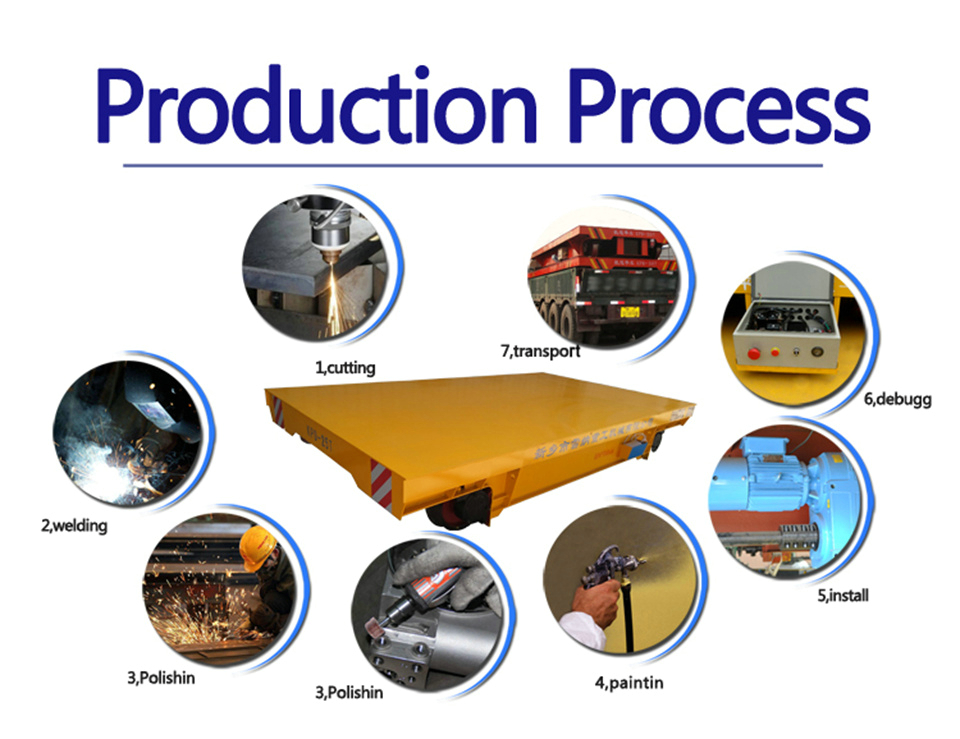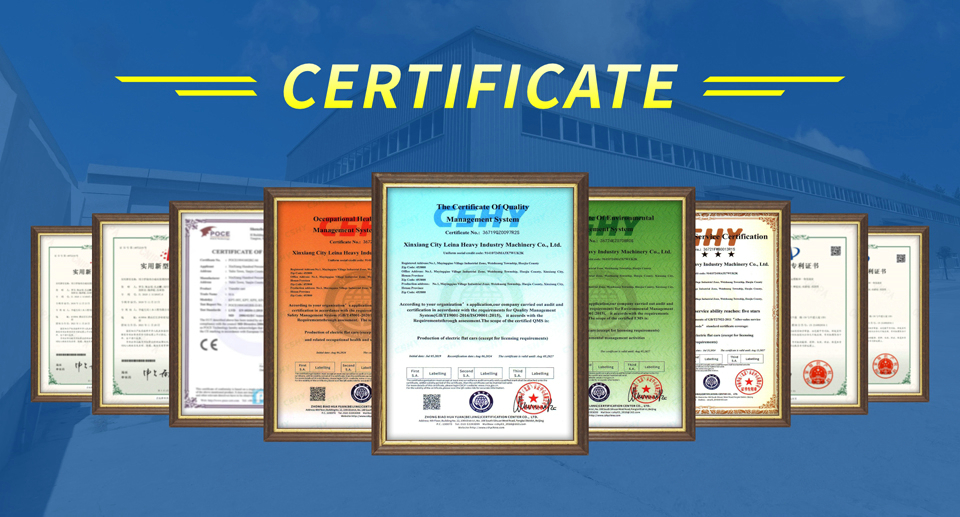As a convenient means of transportation, battery-powered electric transfer carts play an important role in winter factories. However, due to the special environment in winter, battery-powered trackless transfer carts require more attention and maintenance.
Electric trackless transfer carts are equipped with smart chargers and maintenance-free batteries, making them not only powerful but also intelligent. You can simplify operations, improve productivity, and push your business to new heights.
Precautions for the use of industrial trackless transfer carts
Charging management
In winter, the battery of the electric cart consumes power quickly, so special attention should be paid to the battery charging status. Try to charge in an environment with suitable temperature and avoid charging in an overly cold or overheated environment. In addition, please make sure that the charging socket and cable are not damaged or damp to prevent the risk of electric shock or fire.
Operation monitoring
Factories should strengthen the operation monitoring of battery carts in winter, especially the real-time monitoring of driving speed, power, fault indicator lights, etc. If abnormalities are found, they should be stopped immediately for inspection and contact a dedicated person for maintenance.
Prevent icing
When the temperature is low in winter, the battery cart is prone to icing. The factory should regularly clean the snow and ice on the cart to ensure the normal operation of the mold car. When the icing is serious, the battery cart should be forced to start.
Maintenance method of trackless transfer cart
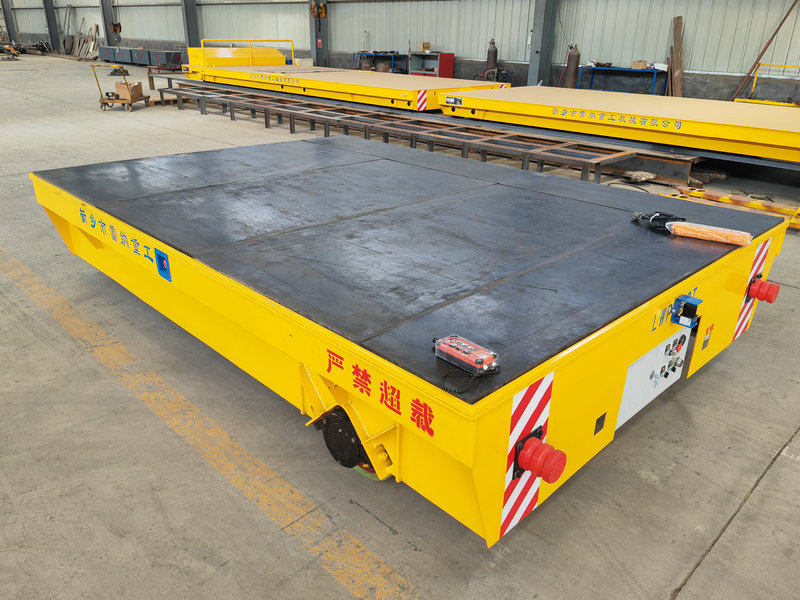
Regular inspection
Battery carts should be inspected regularly in winter, including key components such as batteries, motors, and controllers. If they are damaged or aged, they should be replaced or repaired in time.
Lubrication and maintenance
Due to the low temperature in winter, the lubricating oil may become viscous, affecting the normal operation of the electric cart. Therefore, the factory should regularly lubricate and maintain the bearings, chains and other components of the industrial cart to reduce friction and wear.
Preventive maintenance
For common faults and wearing parts of electric carts, the factory should prepare spare parts in advance to deal with emergencies. In addition, preventive maintenance should be carried out regularly on industrial carts, such as cleaning dust and replacing filter elements, to extend their service life.
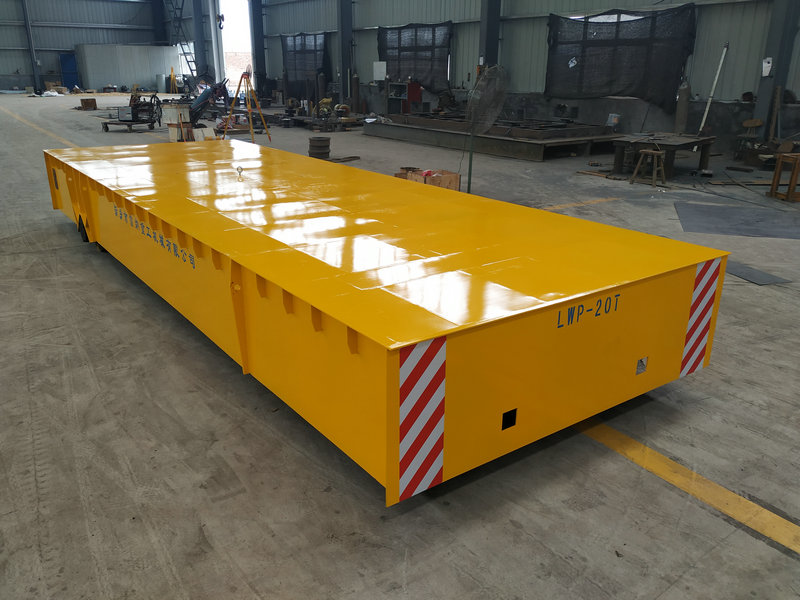
Training and safety education
Employees who operate material handling carts should receive special training and safety education to ensure that they understand how to properly operate and maintain the handling carts. At the same time, safety operating procedures should be emphasized, such as wearing safety helmets and complying with traffic rules, to ensure the personal safety of employees.
Environmental improvement
The factory should strive to improve the use environment of mold handling carts, especially in winter. For example, install insulation facilities for warehouses and keep passages unobstructed to improve the working efficiency and service life of electric carts.
When using electric transfer carts in winter, the factory should pay attention to charging management, operation monitoring, anti-icing and other work. At the same time, regular inspections, lubrication maintenance, preventive maintenance, training safety education, environmental improvement and other work should be carried out on electric carts to ensure the safe operation of electric carts. Through the implementation of these measures, the factory can better play the advantages of heavy-duty industrial carts in winter transportation operations, improve production efficiency and reduce operating costs.
